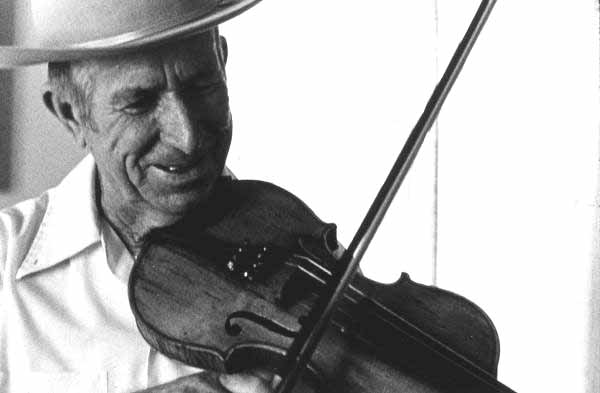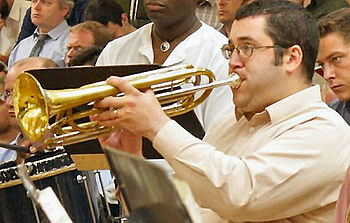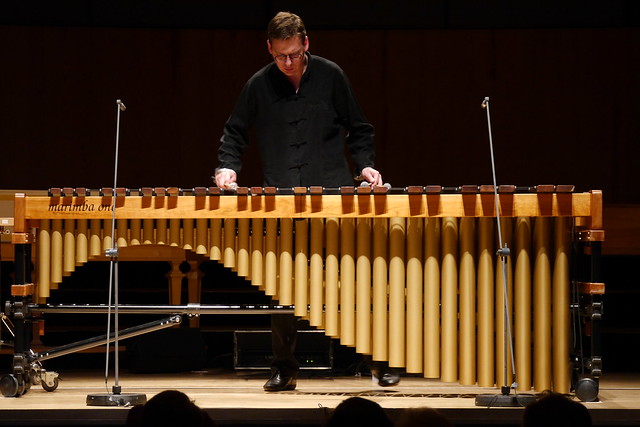Obtain an effective quality guitar
Obviously you have to own a guitar. The best ones are Fender because that is what David Gilmour uses (Pink Floyd guitarist). David Gilmour uses a Fender Stratocaster which are quite expensive but you can buy a Fender Strat which are cheaper, over £100 or $200.Before you start to play, tune your guitar strings. Electronic tuners are inexpensive. Get one.
Get some guitar effects, Gilmour does why not you!
 |
| The four members of Pink Floyd. (Photo credit: Wikipedia) |
Get hold of Pink Floyd Guitar tablature
Find some Pink Floyd Guitar tabs or sheet music by searching online. Pick your Pink Floyd guitar tab for your chosen song and try and pick a simpler song to start off.
Get the feel for the music
Listen to the Pink Floyd song the one that you hope to play. Hear how it sounds and get the feel for it. Concentrate on different layers of music provided by the different instruments, however, you are playing the guitar parts.
Play your Pink Floyd guitar tab
Play slowly at first, gradually improving your speed. Listen to the solo slowly and learn to play along. Some media players allow you to digitally slow down the tempo of a song without changing the pitch. Start learning the tablature. Learn one measure at a time, one line at a time. You do not need to learn an entire song on your first try. Play for a minimum of 10-15 minutes per day with one day off each week.
Allow time to improve. Don't get discouraged if you play poorly on certain days. Everyone has bad days. Start simple and gradually move to complex.
Play against a backing track
Play your Pink Floyd guitar tab over a backing track. These are available from monthly guitar magazines. Also maybe online somewhere.
Record yourself playing the Pink Floyd guitar tab
You do this by downloading or purchasing music software or just use the recorder on you pc but you would need a mic, however, they are very cheap.
Why not play it in a band!! Have fun.
Author: Ameen Jabbar

















